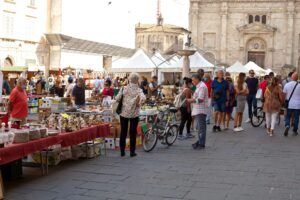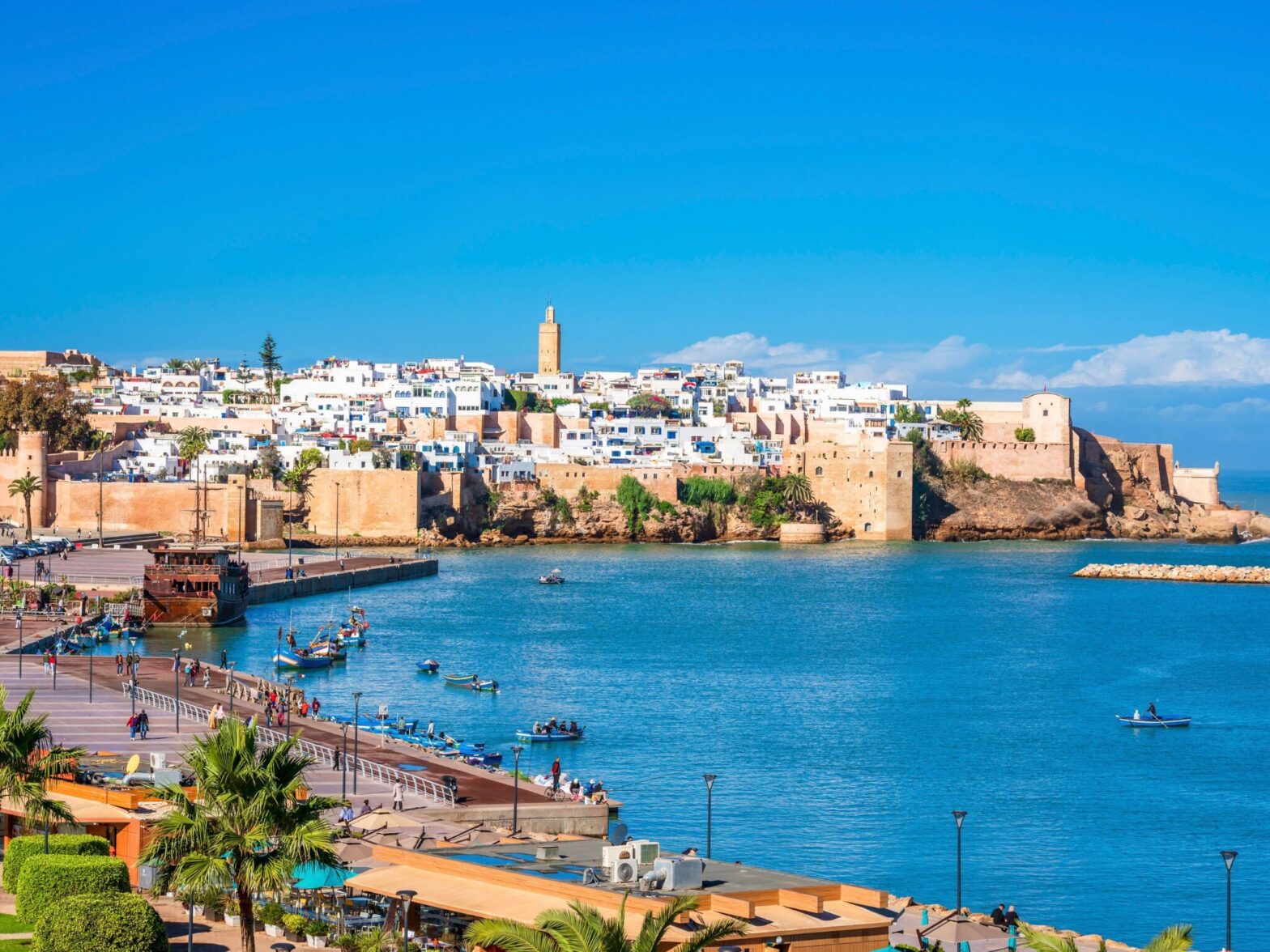Imagine a bustling market: the vibrant sound of haggling merchants, the scent of sizzling meat on skewers, and the sight of fresh produce piled high. Markets have long been the heartbeats of cities, from ancient times to the present. But more than just places of commerce, these markets have shaped how we eat today, especially when it comes to street food.
A Journey Back in Time: The Roots of Street Food Culture
The history of street food dates back to some of the world’s oldest markets. Istanbul’s Grand Bazaar, Bangkok’s Chatuchak, and Fez’s Medina all tell a story that transcends time. These markets have long been places where the diverse influences of a city’s culture, history, and geography intersect. They’re not just for tourists; they’re living, breathing archives of the world’s most iconic food cultures.
- Istanbul’s Grand Bazaar, for example, has served as a trade hub for centuries. The melding of cultures through trade brought exotic spices and ingredients that have influenced the unique flavors of Turkish street food.
- Bangkok’s Chatuchak Market, built on land once used for farming and trading, is where Thai street food culture was born, blending Southeast Asian, Chinese, and Indian culinary influences.
- Fez’s Medina, a UNESCO World Heritage Site, is home to traditional markets that have been shaping Moroccan street food for generations, from couscous to tagines.
These ancient markets were more than just places to buy; they were cultural crossroads, where street food first gained its popularity among locals and travelers alike.
The Evolution of Street Food: How Ancient Markets Transformed Eating Habits
Fast forward to today, and street food is no longer just for the working class. It has evolved into a global phenomenon, transcending borders and becoming a cornerstone of urban culture in cities across the world.
- Food trucks in New York, taco stands in Mexico City, and bánh mì stalls in Ho Chi Minh City all trace their origins to the market culture of their respective cities.
- The variety of street food available today mirrors the diversity of the world’s ancient trade routes, where the exchange of spices, herbs, and cooking techniques forever altered how we prepare and enjoy food.
What makes street food so enduring is that it’s rooted in simplicity—quick, delicious meals that are easy to prepare and even easier to enjoy. The legacy of ancient markets lives on in the street food we devour today, whether we’re grabbing a falafel from a vendor in Cairo or a ramen bowl in Tokyo.
Istanbul’s Grand Bazaar: The Gateway to Eastern Street Food
Istanbul’s Grand Bazaar is one of the world’s oldest and largest covered markets, dating back to the 15th century. It’s not just a historical landmark but a vibrant food destination. As merchants from Europe, the Middle East, and Asia exchanged goods, they also exchanged culinary traditions. The flavors of spices, grilled meats, and pastries define Turkish street food today. Kebabs, simit, and baklava all trace their roots to the bazaar’s centuries-old food culture. Originally, these street foods were designed for mobility. They were easy to eat on the go, just like the merchants and travelers who filled the market. Moreover, the Grand Bazaar’s success in offering quick, flavorful meals laid the foundation for Istanbul’s street food scene. Today, that scene thrives as flavors collide and merge from every corner of the globe.

Bangkok’s Chatuchak: A Melting Pot of Flavors
On the other side of the world, Bangkok’s Chatuchak Market holds a similar legacy in shaping street food culture. Established in the early 20th century, Chatuchak has grown into the largest market in Thailand. Today, food vendors there serve everything from traditional Thai dishes to Chinese-inspired dim sum and rich Indian curries.
Street food in Bangkok has always been about affordability, flavor, and accessibility. This tradition is deeply rooted in the city’s beginnings as a trade hub for Chinese immigrants. Moreover, the idea of quick meals for everyone, regardless of social status, took hold in these early markets. As a result, people could eat well without spending much money.
Take the rice noodle soup you love in Bangkok today. It exists because of the market trade between Thai locals and their Chinese counterparts. Ingredients such as soy sauce, fish sauce, and ginger became staples, shaping the city’s most iconic dishes.
Fez’s Medina: Ancient Recipes for Modern Palates
Fez’s Medina, a labyrinthine market dating back to the 9th century, holds one of the richest culinary histories. Moroccan street food is a delightful mix of Berber, Arabic, and French influences, thanks to the city’s centuries of trading and cultural exchange. Famous dishes like tagine, briouats, and harira have roots in these ancient markets. Much of Fez’s food culture still revolves around street vendors. They serve freshly made meals to both locals and travelers.
The market’s narrow, winding alleys filled with fragrant spices continue to draw food enthusiasts. For many, Medina remains the heart of Fez’s culinary scene, offering the most authentic Moroccan food experience.
The Global Legacy of Ancient Markets in Today’s Street Food Culture
Today, the influence of ancient markets on modern street food culture is evident worldwide. In New York, food trucks park along busy streets, offering everything from gyros to dumplings, tracing their origins back to ancient bazaars. Cities like Mexico City and Bangkok have turned their street food markets into tourist attractions, offering food that brings together history and modern innovation.
Ancient markets show that food is more than just nutrition; it’s a cultural experience, a reflection of society, and a way of life that endures through time. From Istanbul to Bangkok to Fez, street food reminds us how deeply food connects people across cultures and centuries.
Are you ready to dive deeper into the world’s ancient markets and street food cultures? Explore more stories that blend history, food, and travel by visiting ReachTV. Let’s take the journey together!



